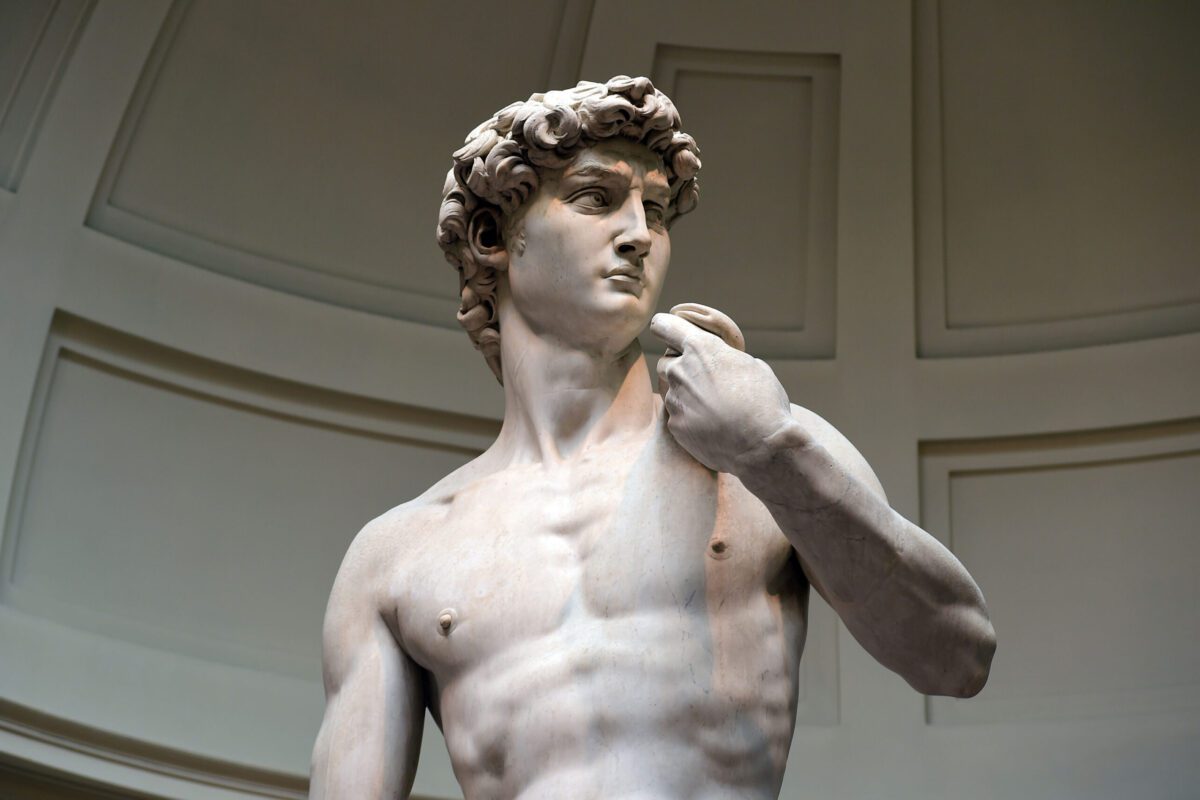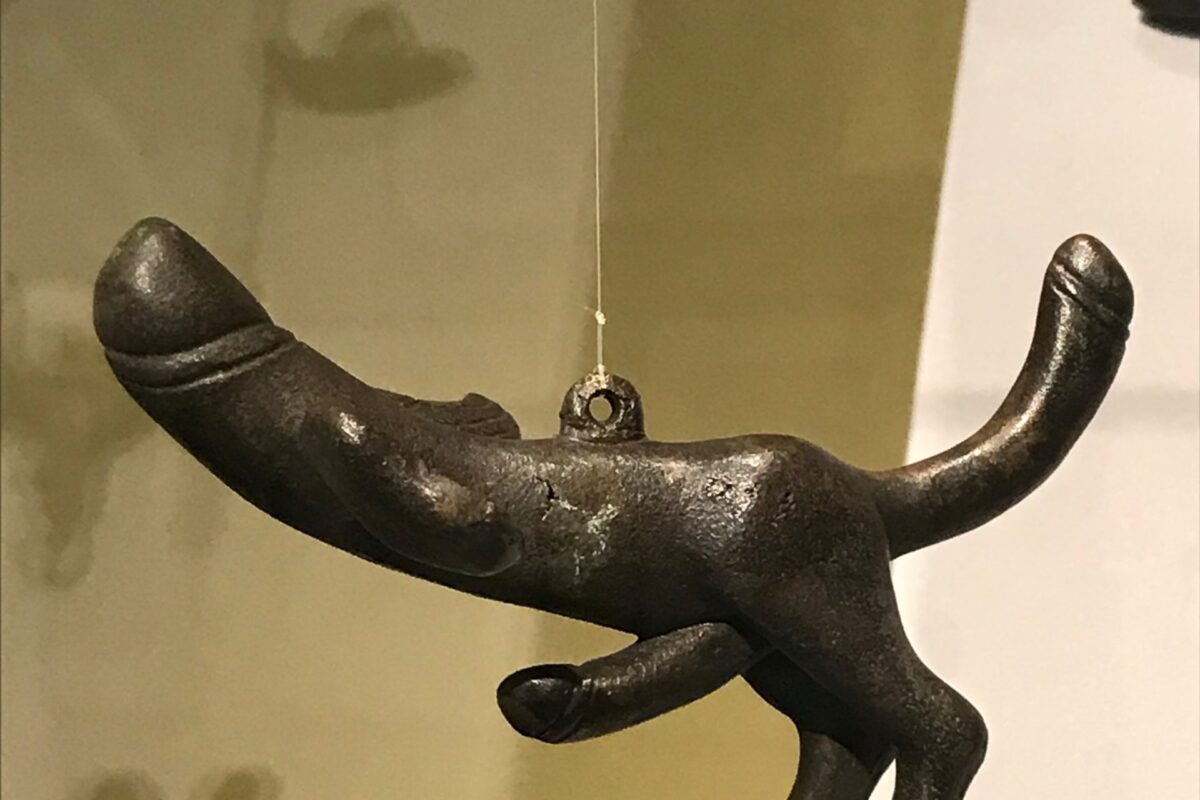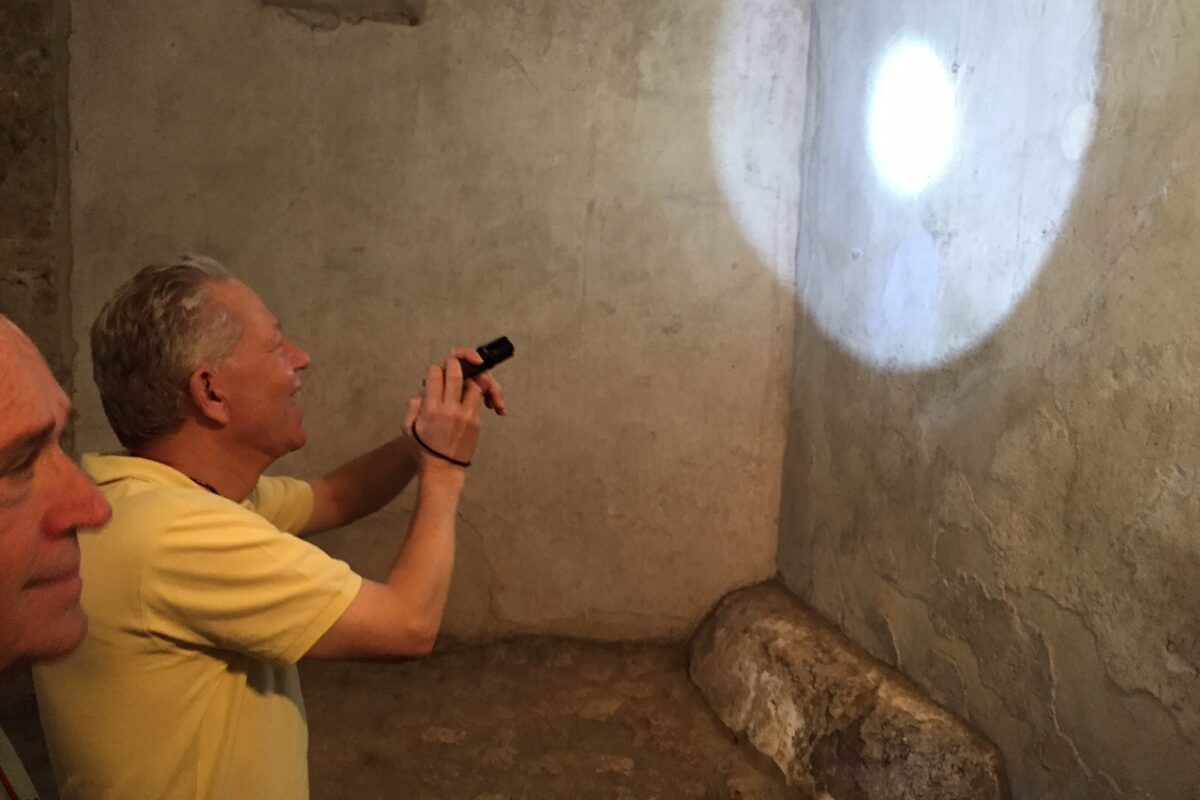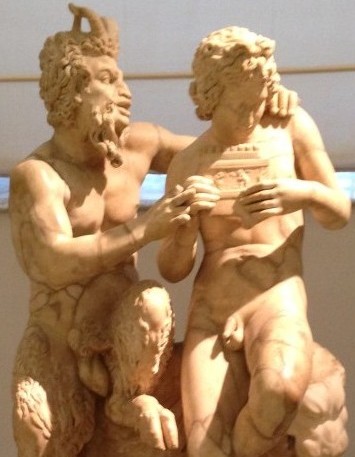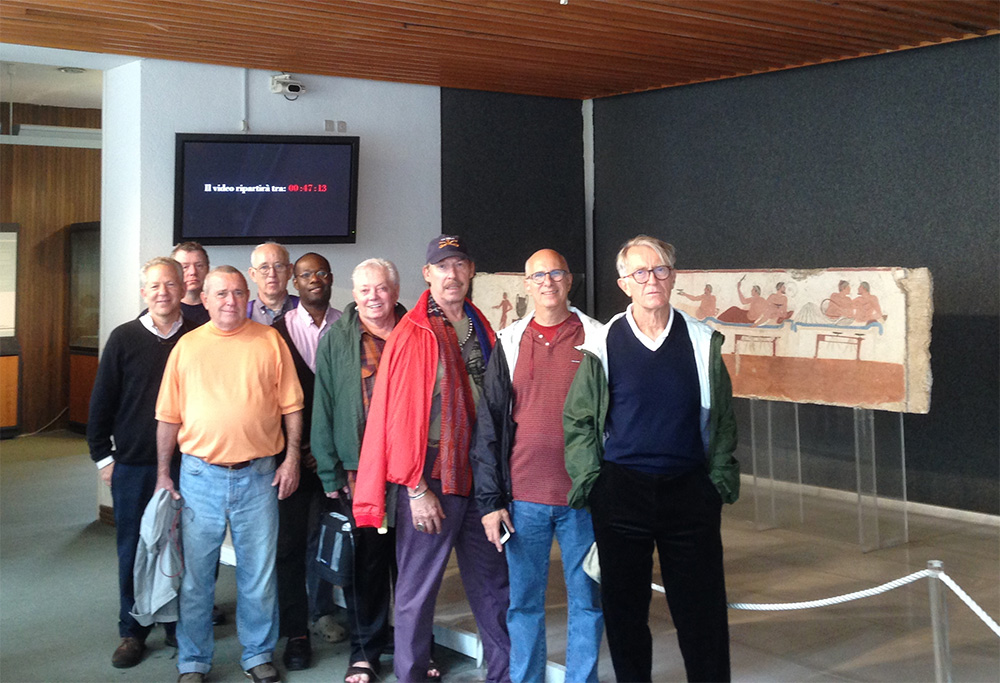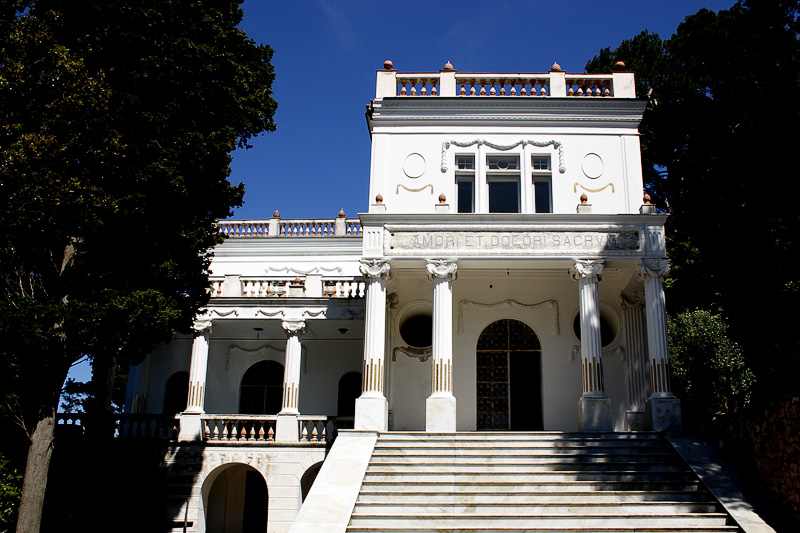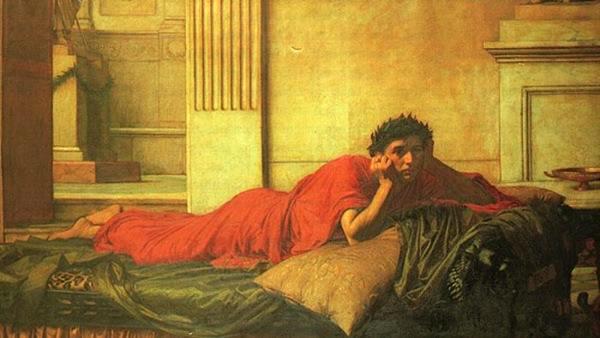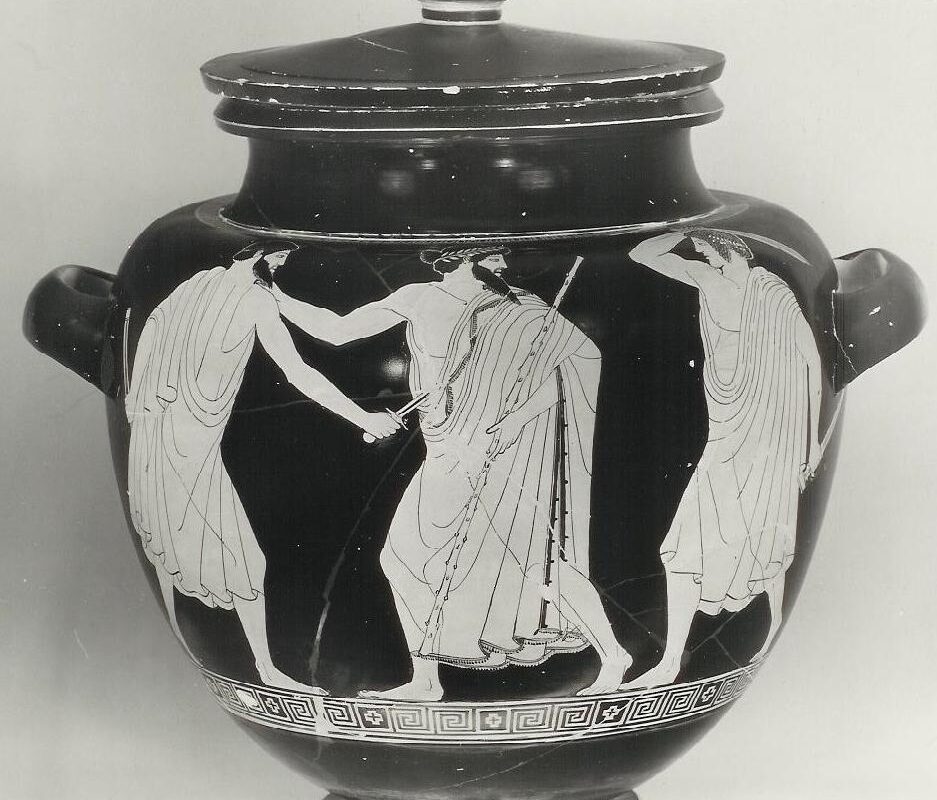Isn’t it time you saw Michelangelo’s David for yourself? Come and see 3 of Italy’s magnificent cities—Rome, Florence, and Naples—with their incredible art, their fascinating history, and of course their wonderful cuisine—and learn about their rich LGBTQ+ history that no-one else will tell you from Professor Andrew Lear and his team of specially trained guides!
Learn more about our LGBTQ Italy Art and History Tour This October https://www.oscarwildetours.com/gay-italy/

